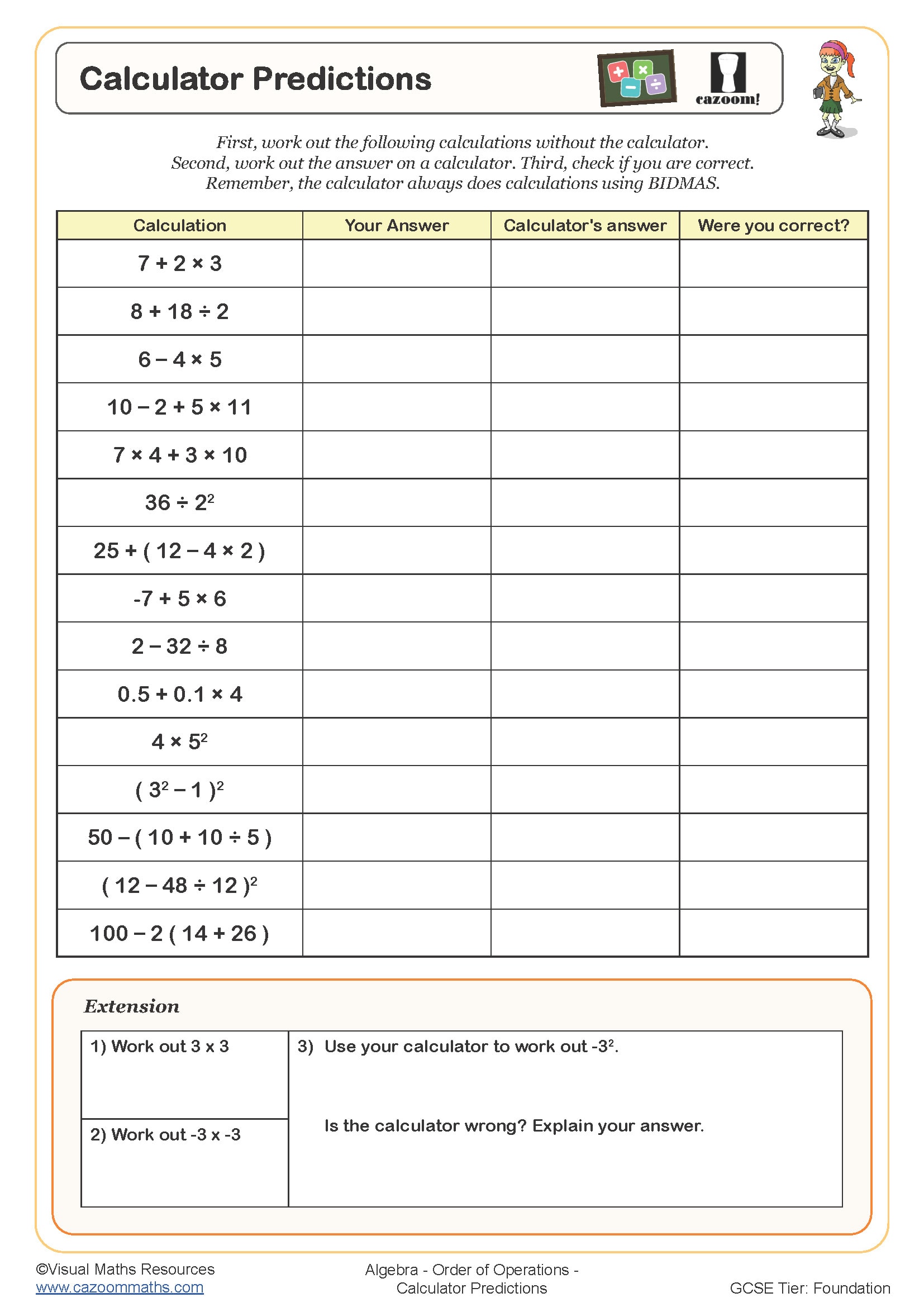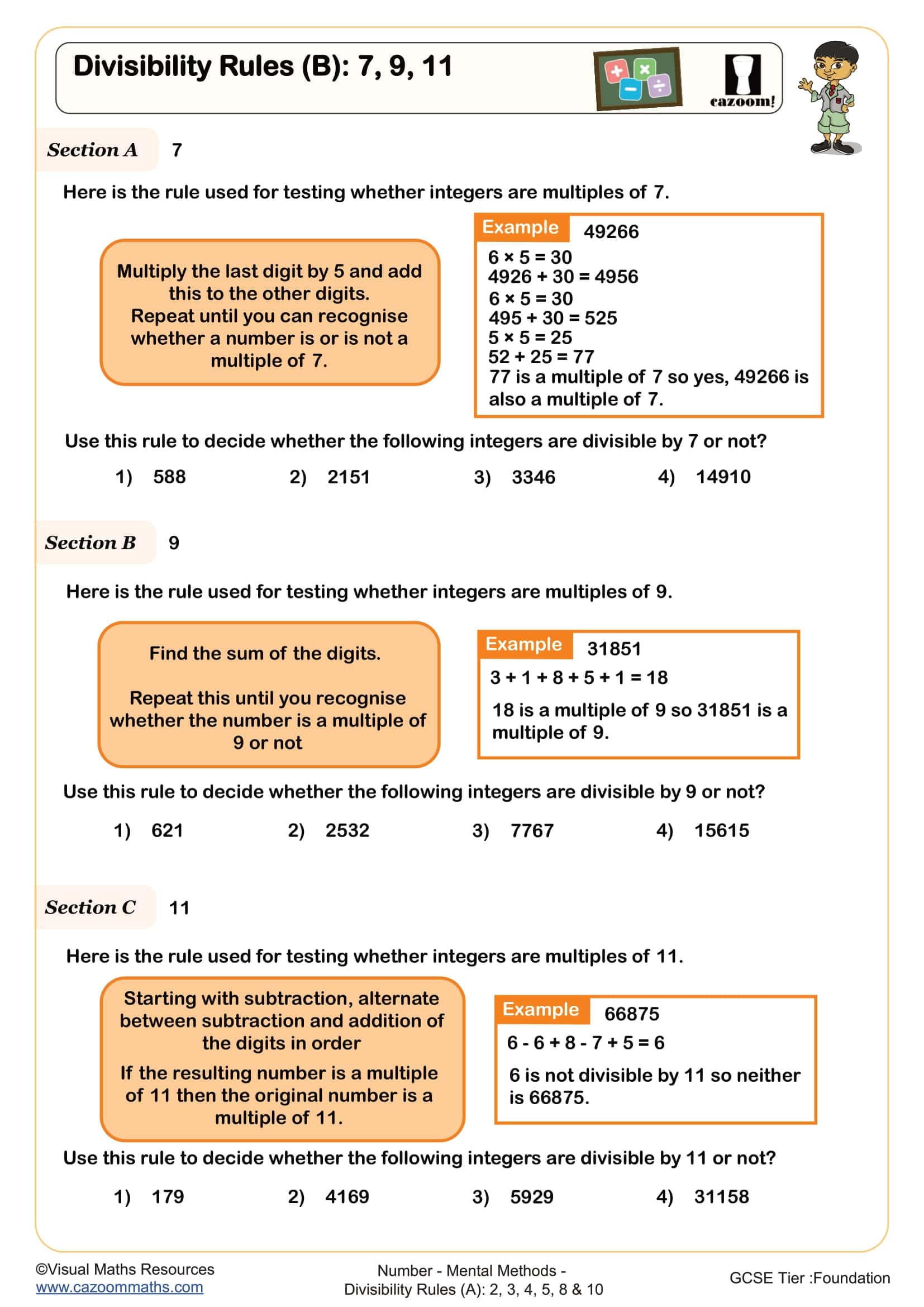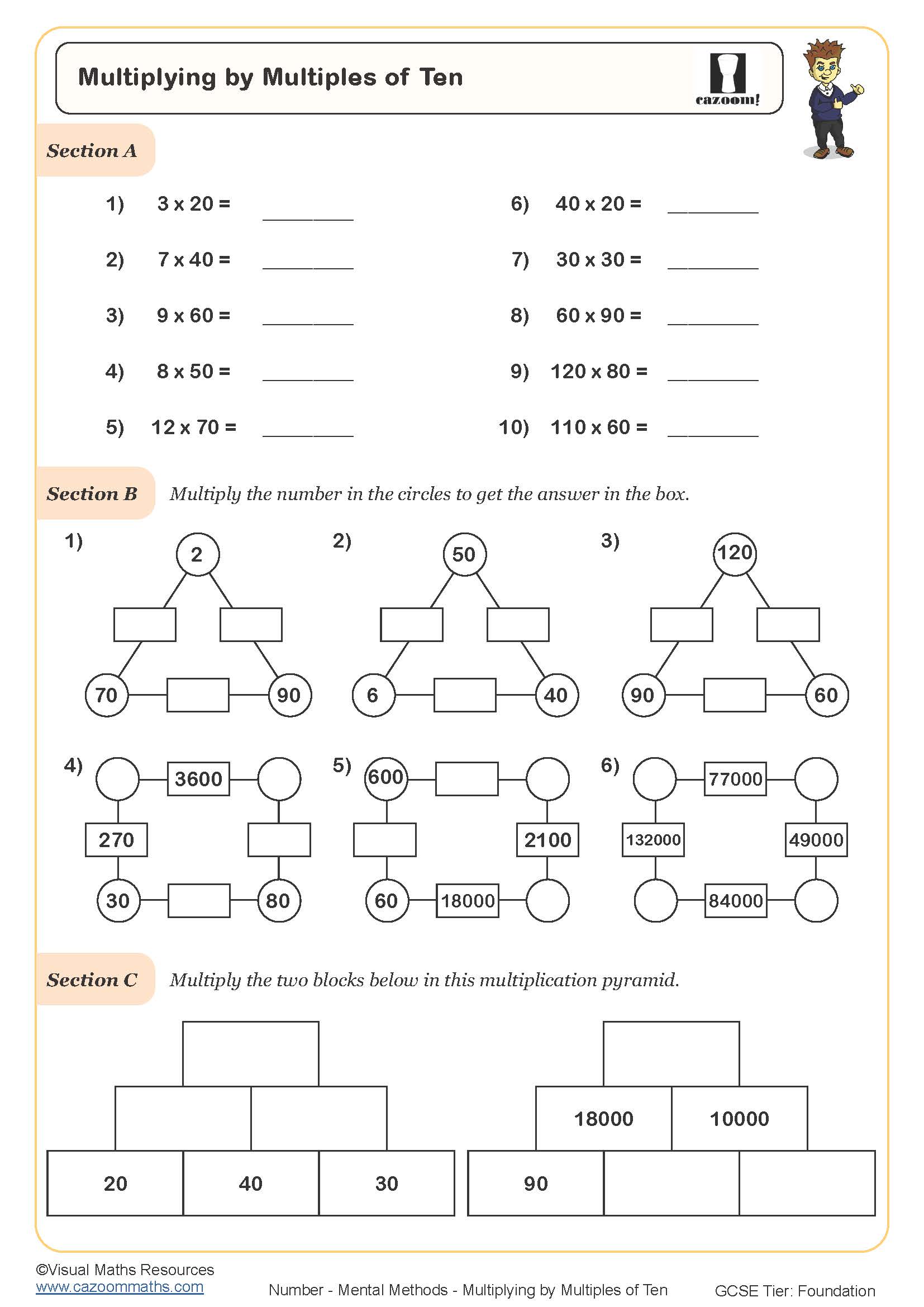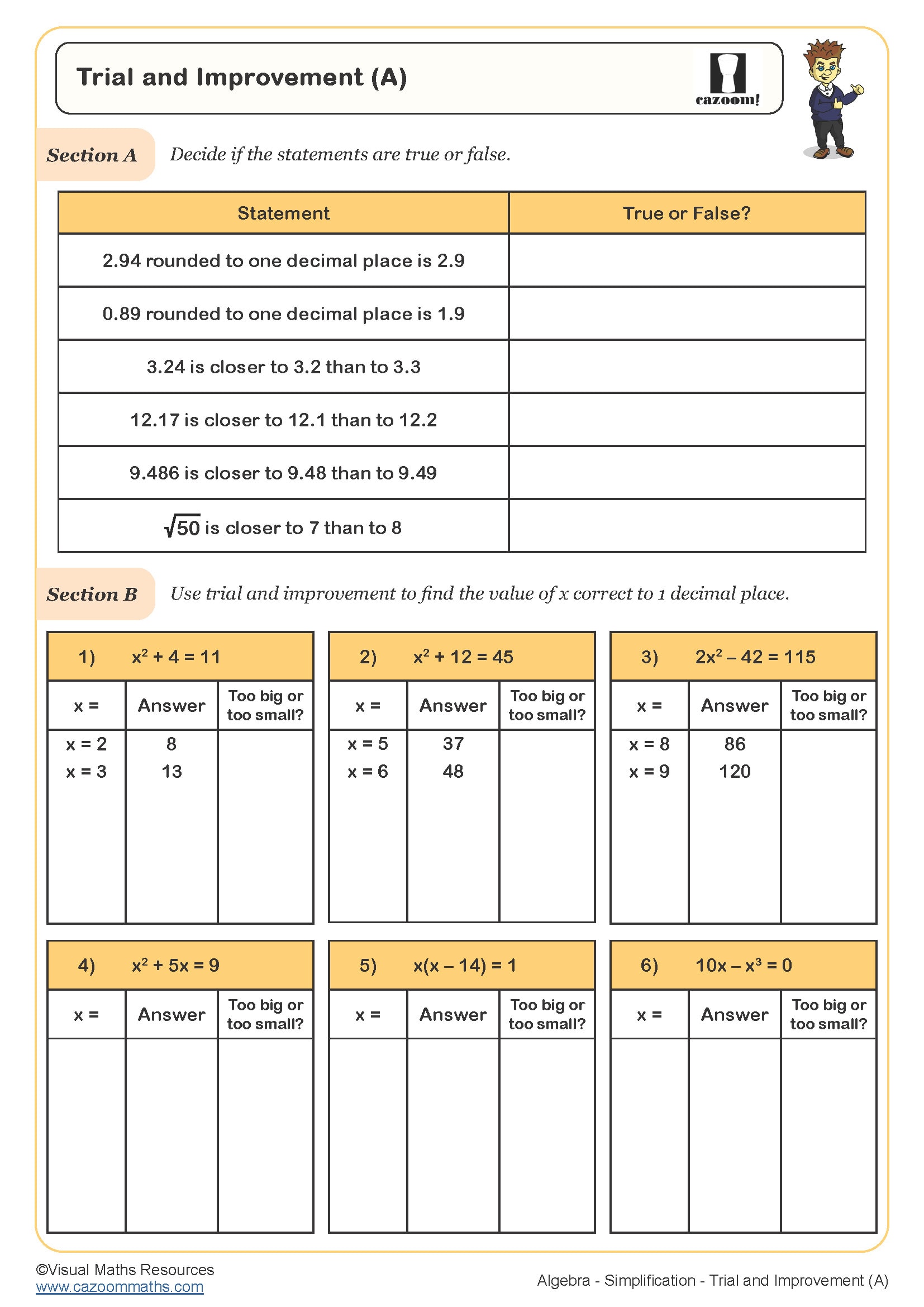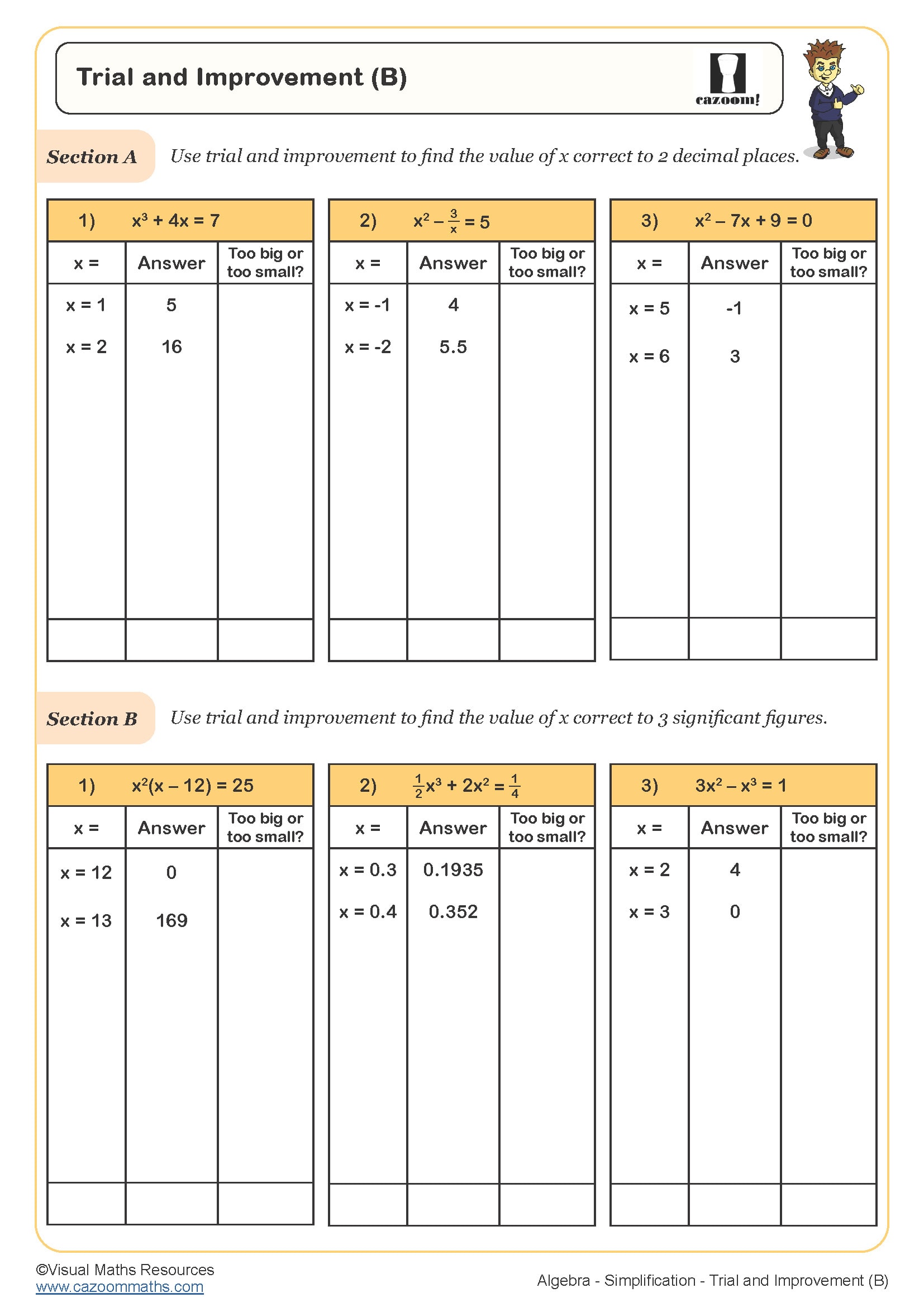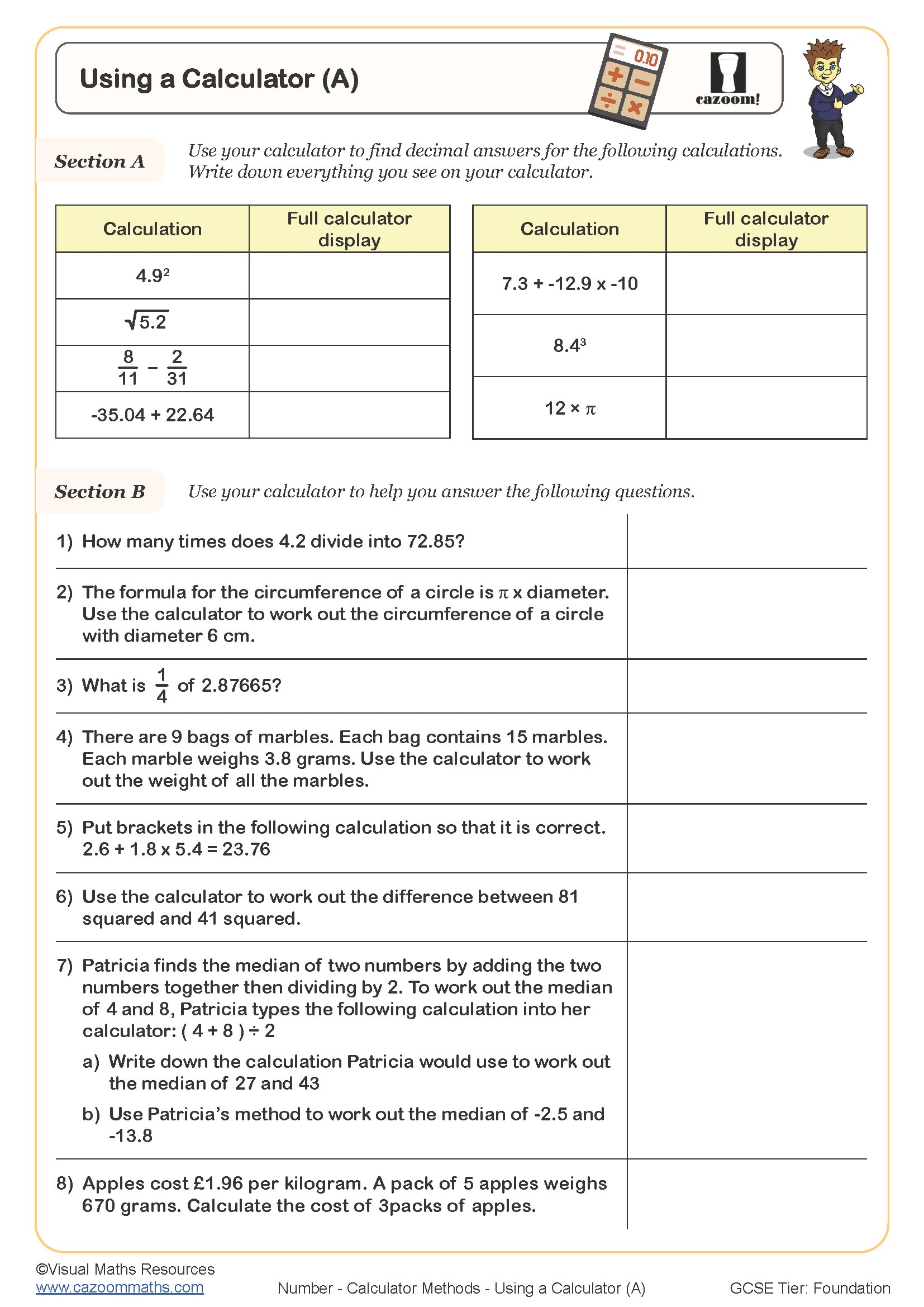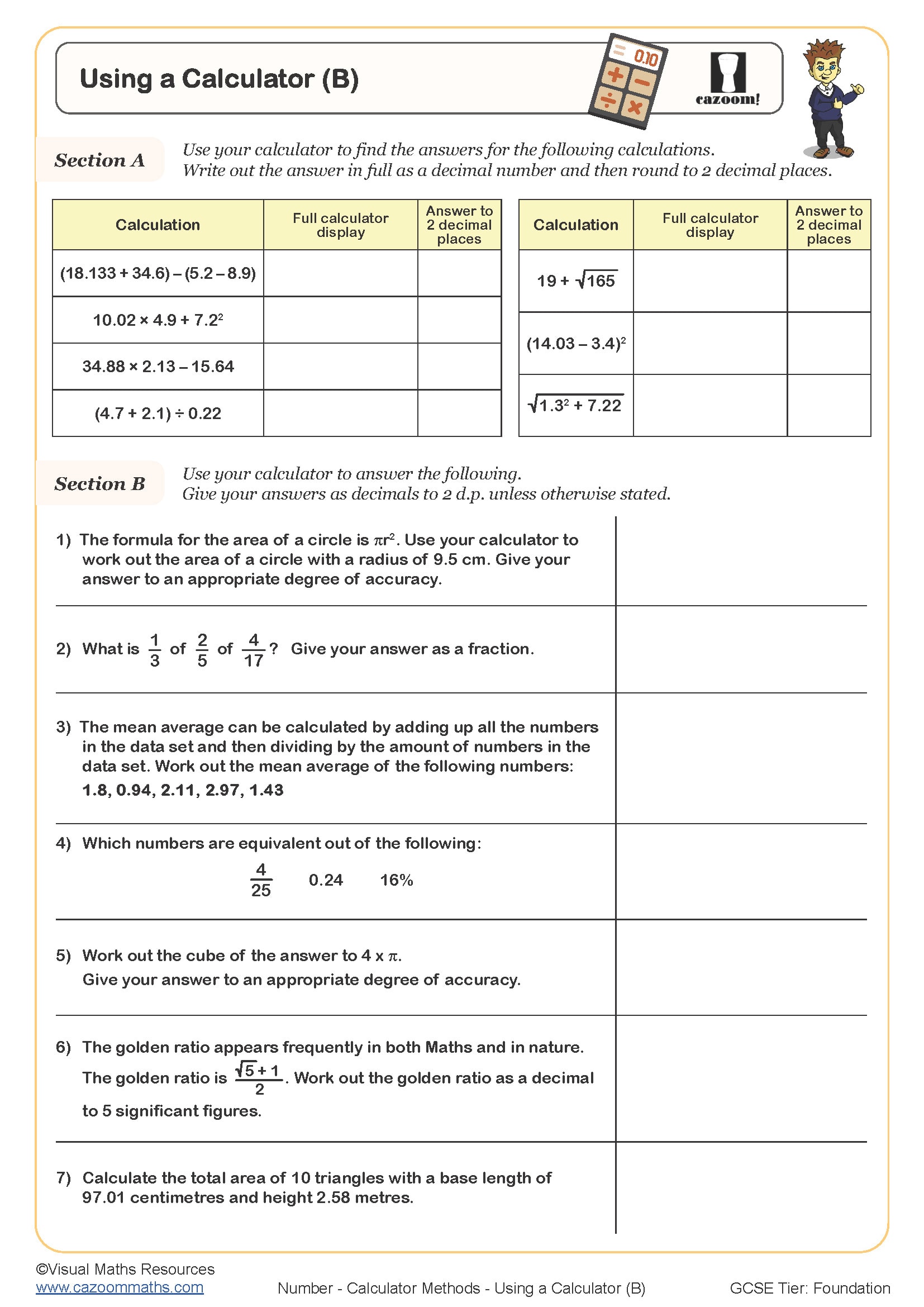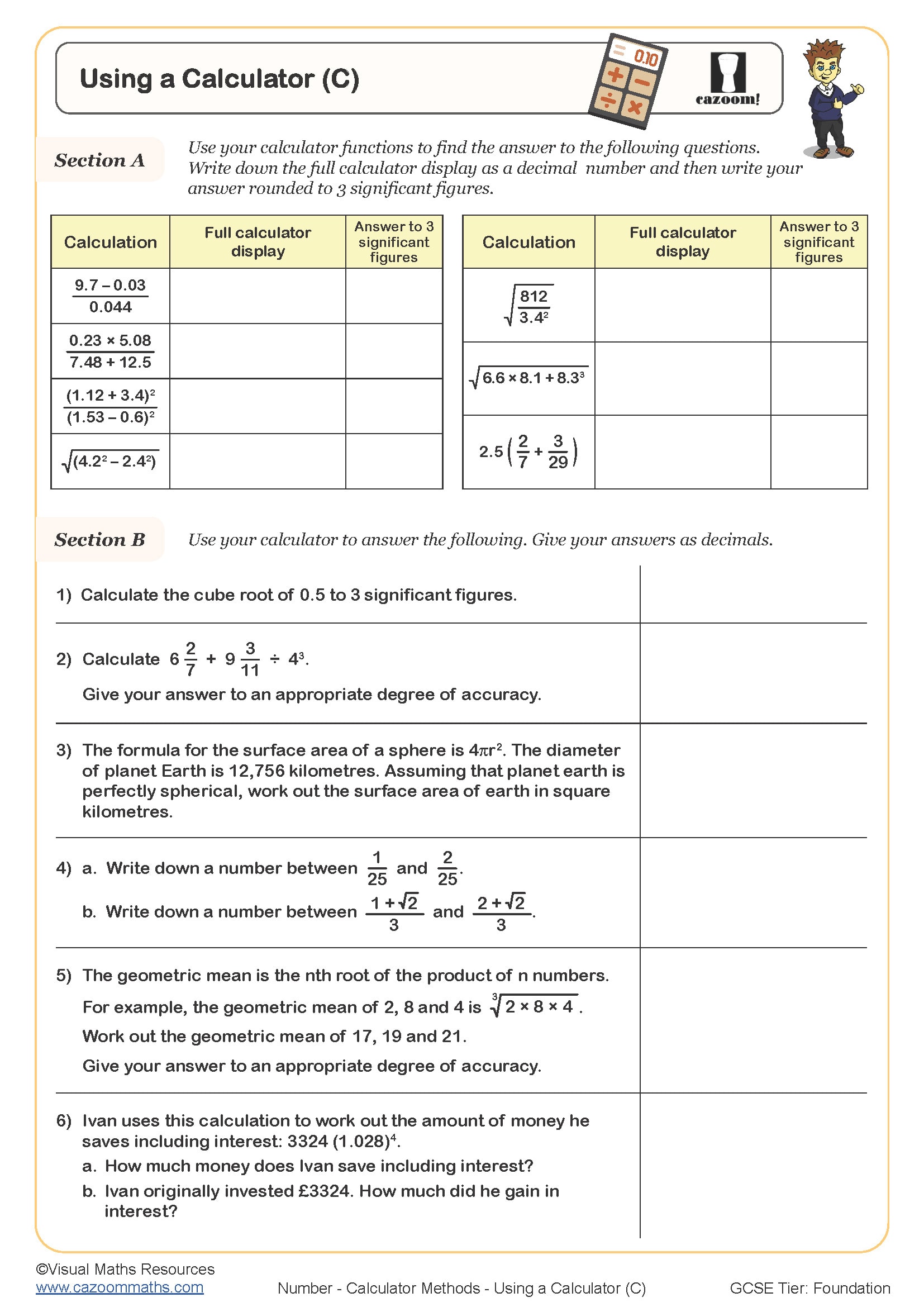Year 8 Number Worksheets
How Year 8 Number Worksheets Strengthen Key Skills
Strong number foundations are essential in Year 8, as they support progress across algebra, geometry, and problem solving. The worksheets enable students to practice consistently, which helps them master proper techniques while preventing typical errors. The students follow a series of achievable steps which help them achieve precision before they move on to more complex tasks. Specific learning benefits include:
Reinforces fluency with fractions, decimals, and percentages
• Encourages efficient use of mental calculation strategies
• Extends confidence with factors, multiples, and primes
• Develops proportional reasoning and ratio understanding
• Strengthens accuracy with powers and roots
• Provides practice for assessment-style questions
• Builds habits for effective independent study
Topics Covered in Year 8 Number Worksheets
The worksheets move from accessible examples to abstract methods, supporting understanding at every stage. Fully worked answers are included so learners and teachers can follow each step.
The worksheets in this collection include:
• Negative Numbers — practice addition, subtraction, multiplication, and division with negatives.
• Fractions — develops fluency with equivalent forms and basic fraction operations.
• Fractions of Amounts — applies fractions to real-world quantities and problem solving.
• Fractions, Decimals, Percentages — builds connections between different number representations.
• Percentage of Amounts — strengthens skills in calculating simple and compound percentages.
• Rounding — consolidates rounding to decimal places and significant figures.
• Standard Form — introduces expressing and calculating with very large or small numbers.
• Surds — explores simplifying surds and applying basic surd operations.
• Powers and Roots — practices square numbers, cubes, and higher powers systematically.
• Index Laws — apply and extend rules for multiplying and dividing indices.
Why Teachers Value Year 8 Number Worksheets
The resources follow classroom design principles because they organise content through structured layouts with correct question numbers and sequential steps, which teachers can implement at any point in their lessons. The system enables users to start with fundamental entry points that lead to immediate use, while also providing sophisticated challenges that facilitate skill development. The Worked solutions present step-by-step solutions that allow students to follow the process, identify mistakes, and improve their skills before receiving feedback from the teacher. The prepared Starters, main tasks and extension prompts are ready to use in lesson plans or homework. The use of answer sheets helps teachers reduce their grading work while the different types of representations enable them to deliver specific interventions to individual students and group instruction to the whole class.
Real-Life Applications of Number Skills in Year 8
Number skills remain essential beyond school and appear in countless everyday contexts. Confident calculation supports decision-making in practical and professional settings, such as:
• Comparing discounts and calculating best-value offers when shopping
• Managing budgets and savings for personal finance
• Working out cooking times and ingredient ratios in recipes
• Converting measurements in DIY, crafts, and building projects
• Analysing sports statistics and player performance
• Applying powers and roots in science experiments
• Using standard form in astronomy and technology contexts
• Estimating travel times and distances in planning journeys
